Hellebore, of the family buttercup – lactiferous, they are known and used in gardens for quite a long time. Black garlic (Helleborus niger) as the first known species described by C. Linnaeus in the year 1753. This is mainly due to their early and conspicuous flowering, which attract attention already in the winter months.
The genus includes more than 20 species, which are often botanically very different from each other. The original distribution includes southern and central Europe, through the Balkans to Turkey to the Caucasus, they grow mainly on limestone soils. According to the type of growth, two groups of hellebore are distinguished: 1. plants with an annual leafy stem, which blooms after hibernation, it produces fruit and dies (e.g. H. bruised, H. witty, H. foetidus), 2. rhizomes, bunchy herbs, which are very long-lived under suitable conditions and thus make up the majority of cultivated hellebores (e.g. H. niger, H. orientalis).
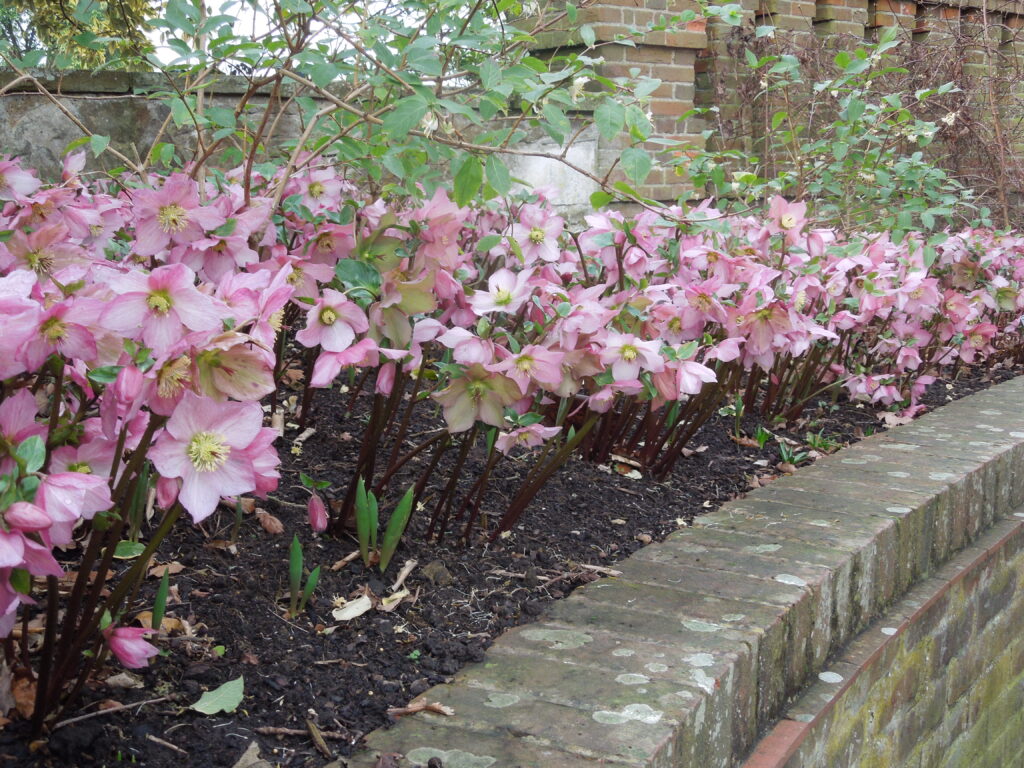
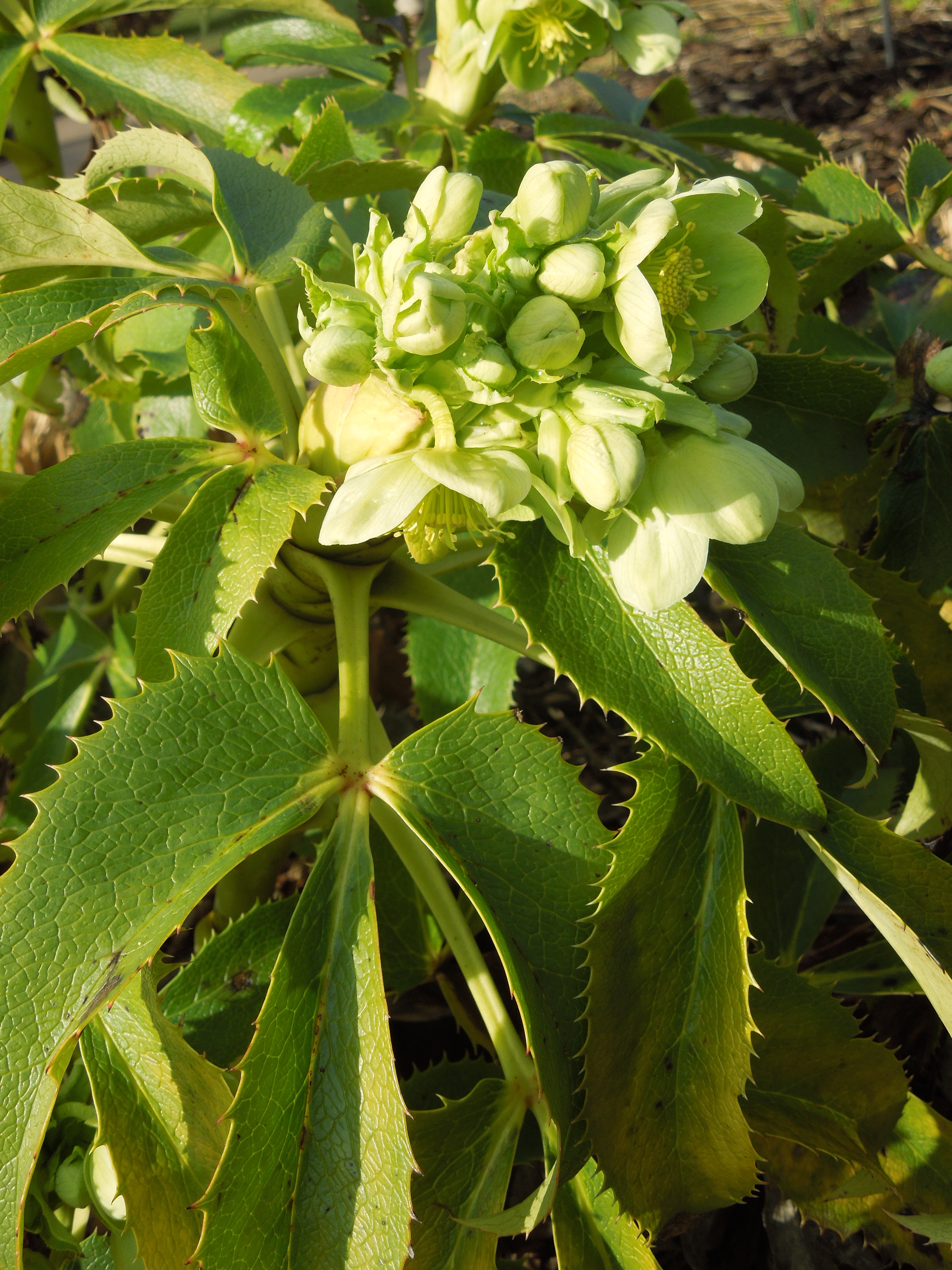
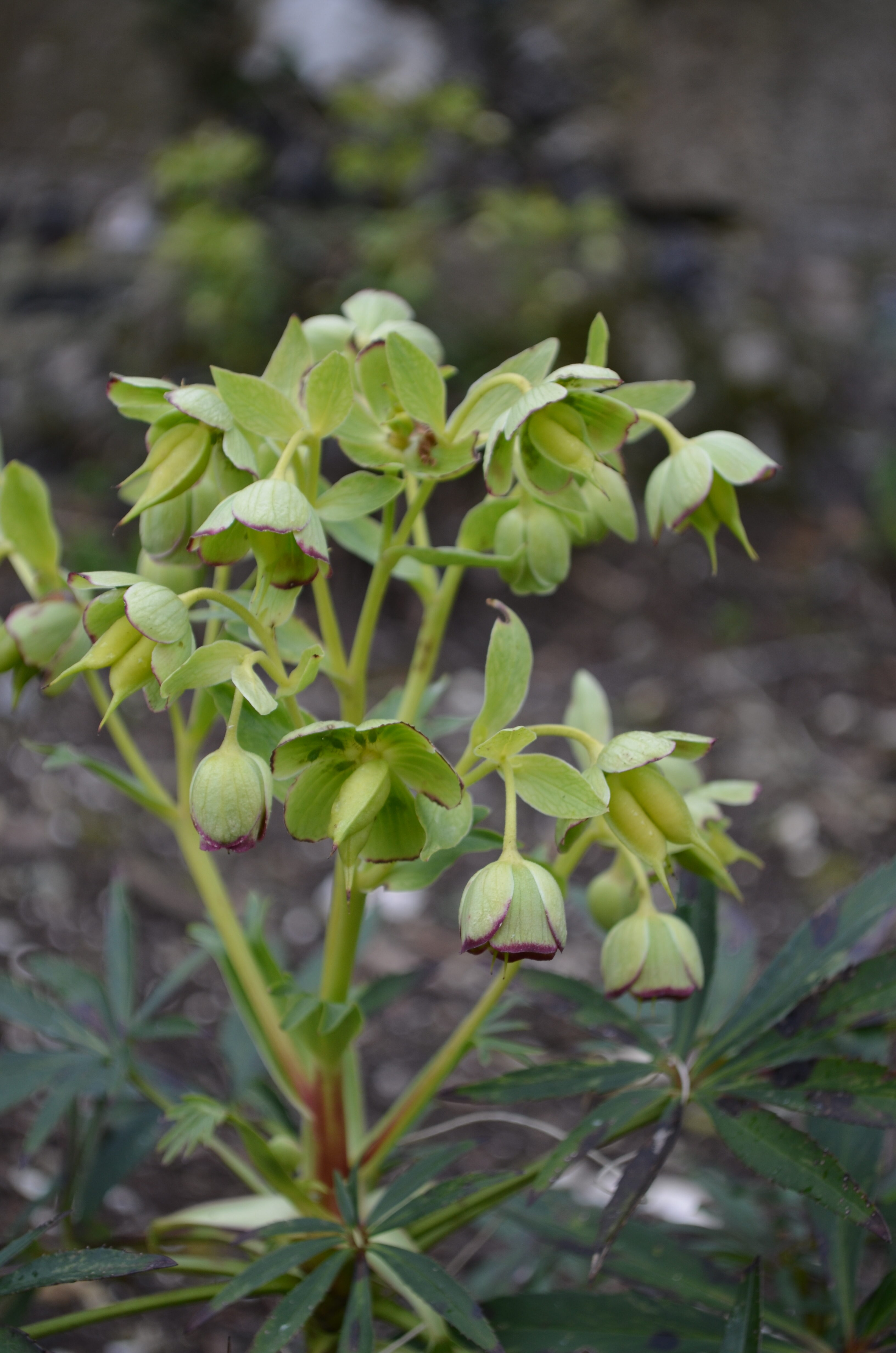
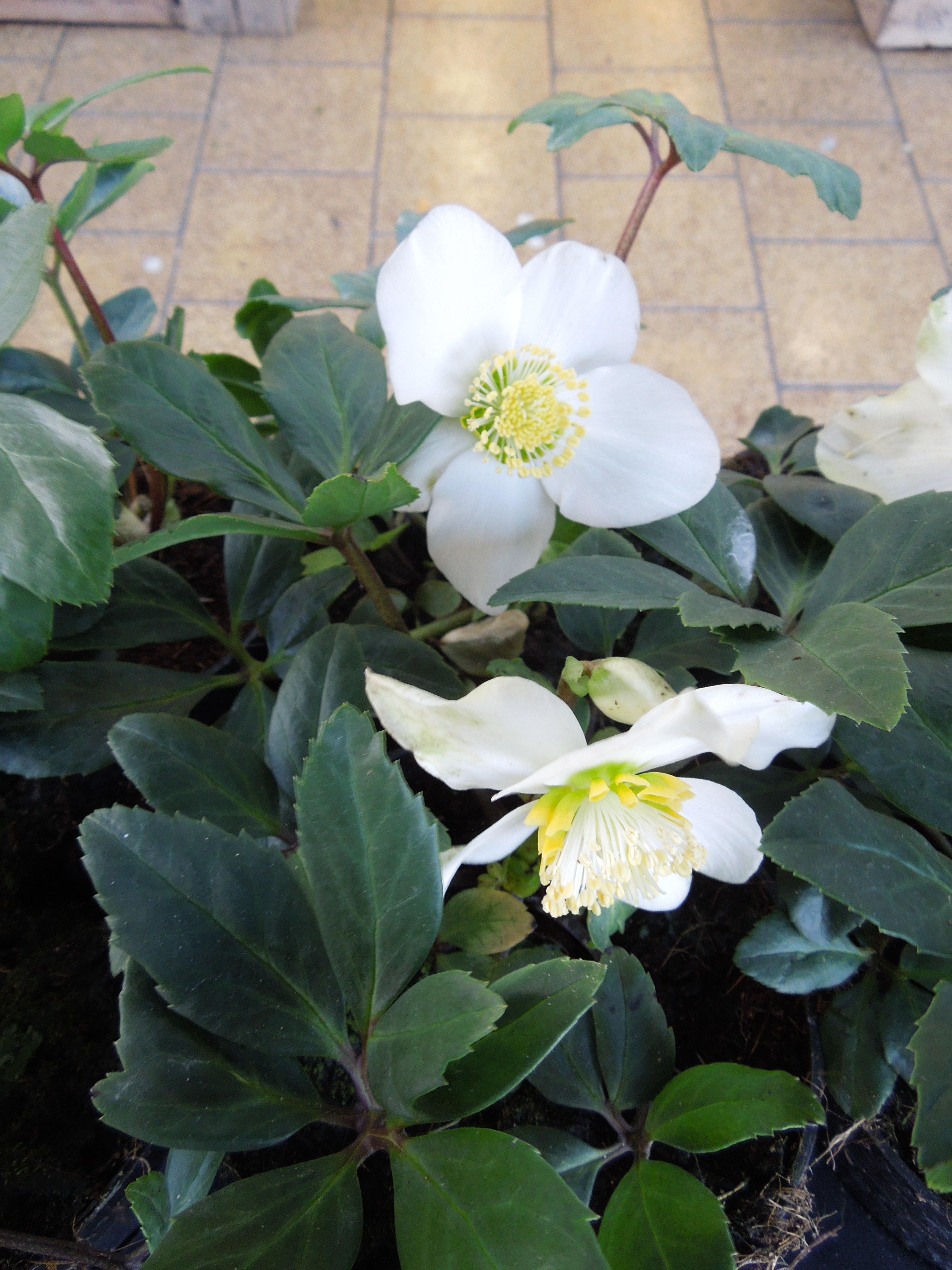
Hellebores have long petioles, deeply lobed or palmately divided (worn out) leaves, often leathery, with a conspicuous jagged edge, light to dark green in color. The flowers grow singly or in inflorescences. The height of the flower stalks usually ranges from 20 do 45 cm. Flowers tend to be single or wide open, shallow to deeply cupped, or. tubular bell-shaped. The large colored sepals took over the function of the crown of the flower, when the original petals are transformed into nectaries. The flowers are usually white (only H. niger), creamy, purple or greenish, sometimes conspicuously dotted. The fruit is a bladder. Depending on the species, hellebore blooms from the end of winter to the beginning of summer. Plants contain cardiac glycosides and are therefore poisonous. Brightly colored hybrid forms predominate in the current market offer of honeysuckle, obtained by selection in particular H. niger a H. orientalis, or by crossing them with other species (H. × ballardia, H. × nigercors). A number of new varieties are suitable for growing as a cut or as a potted plant for the Christmas market during the winter rush. Original. species are more likely to be used in natural parts of gardens and parks. We typically plant hellebore as an understory of woody plants, where we usually combine them in groups with other spring types of herbs, grasses and ferns. Some Mediterranean species (e.g. H. witty, H. bruised) they also thrive in exposed areas, but protected positions. H. orientalis it is also suitable for a classic perennial bed. Humous ones suit them, neutral to alkaline, slightly moist soil. Under favorable conditions, hellebore is easily transplanted.
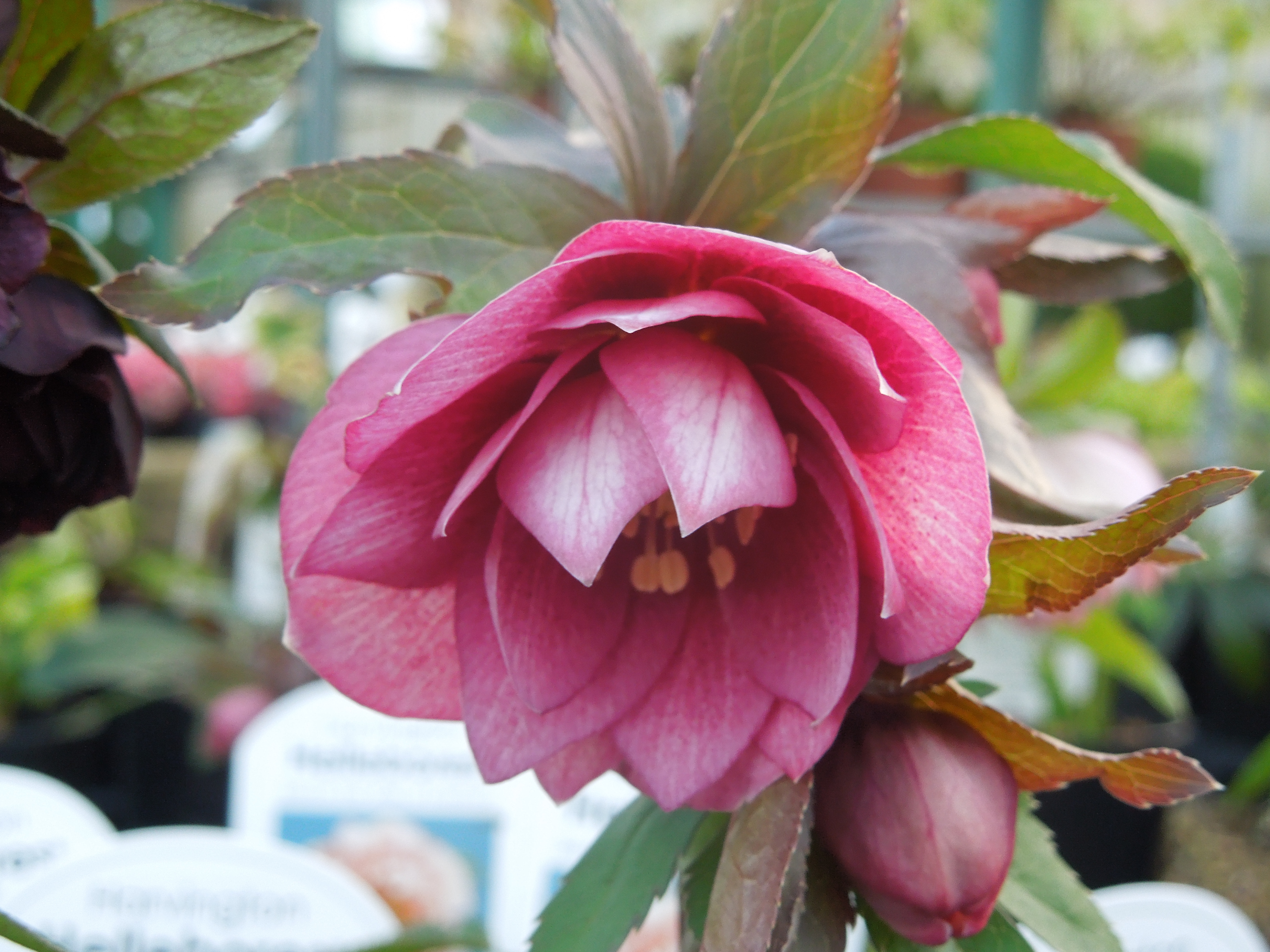
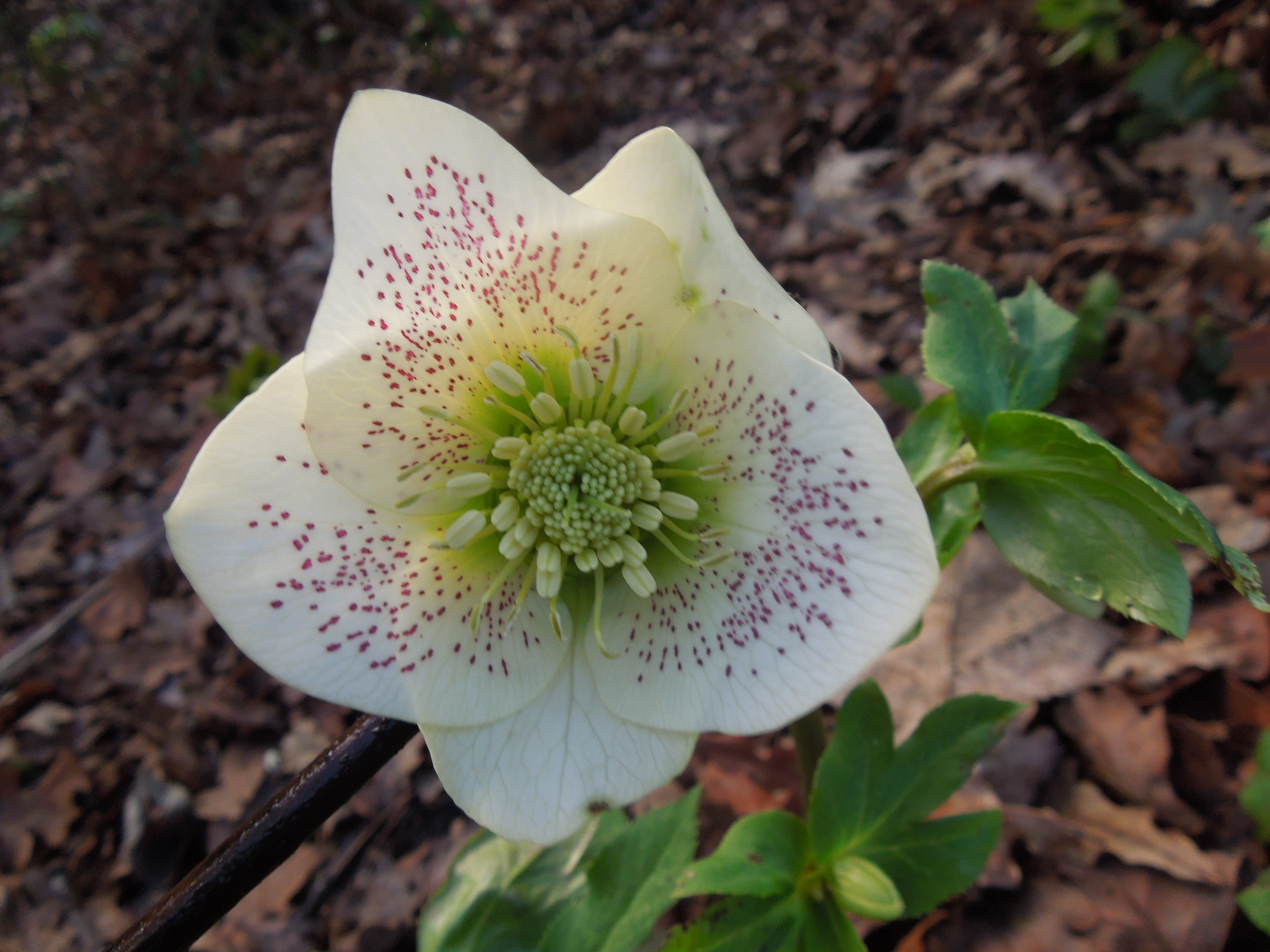






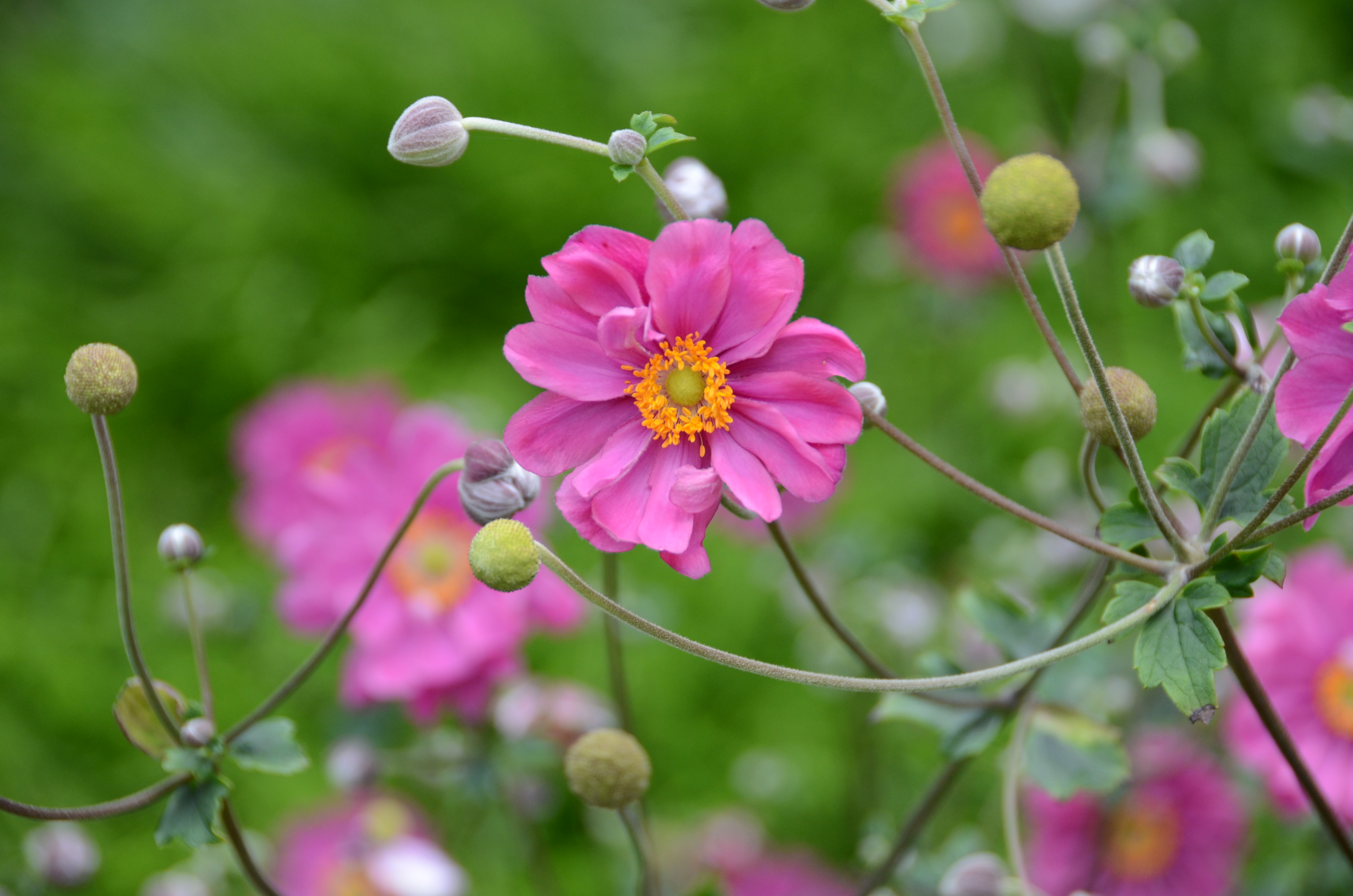
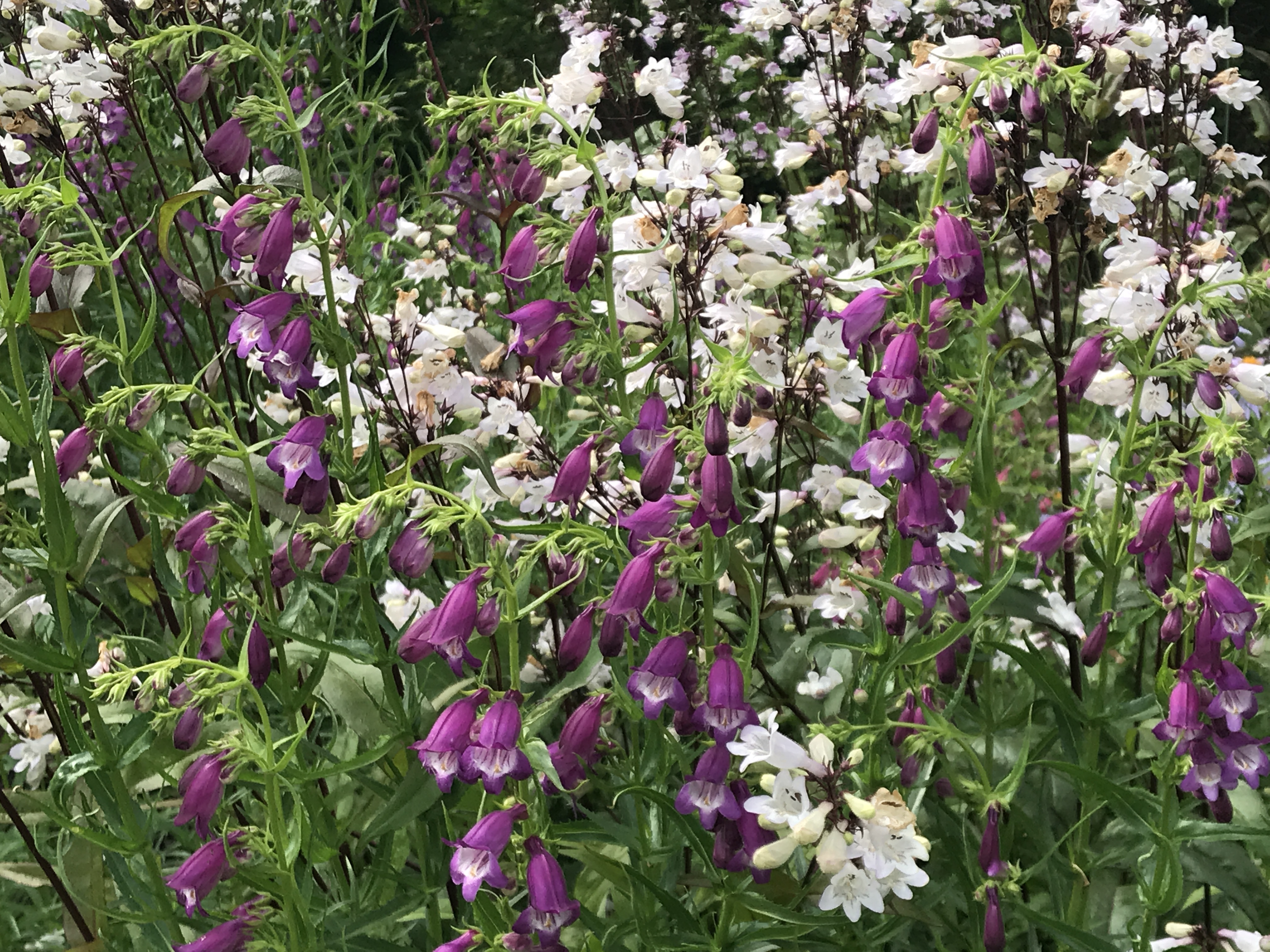

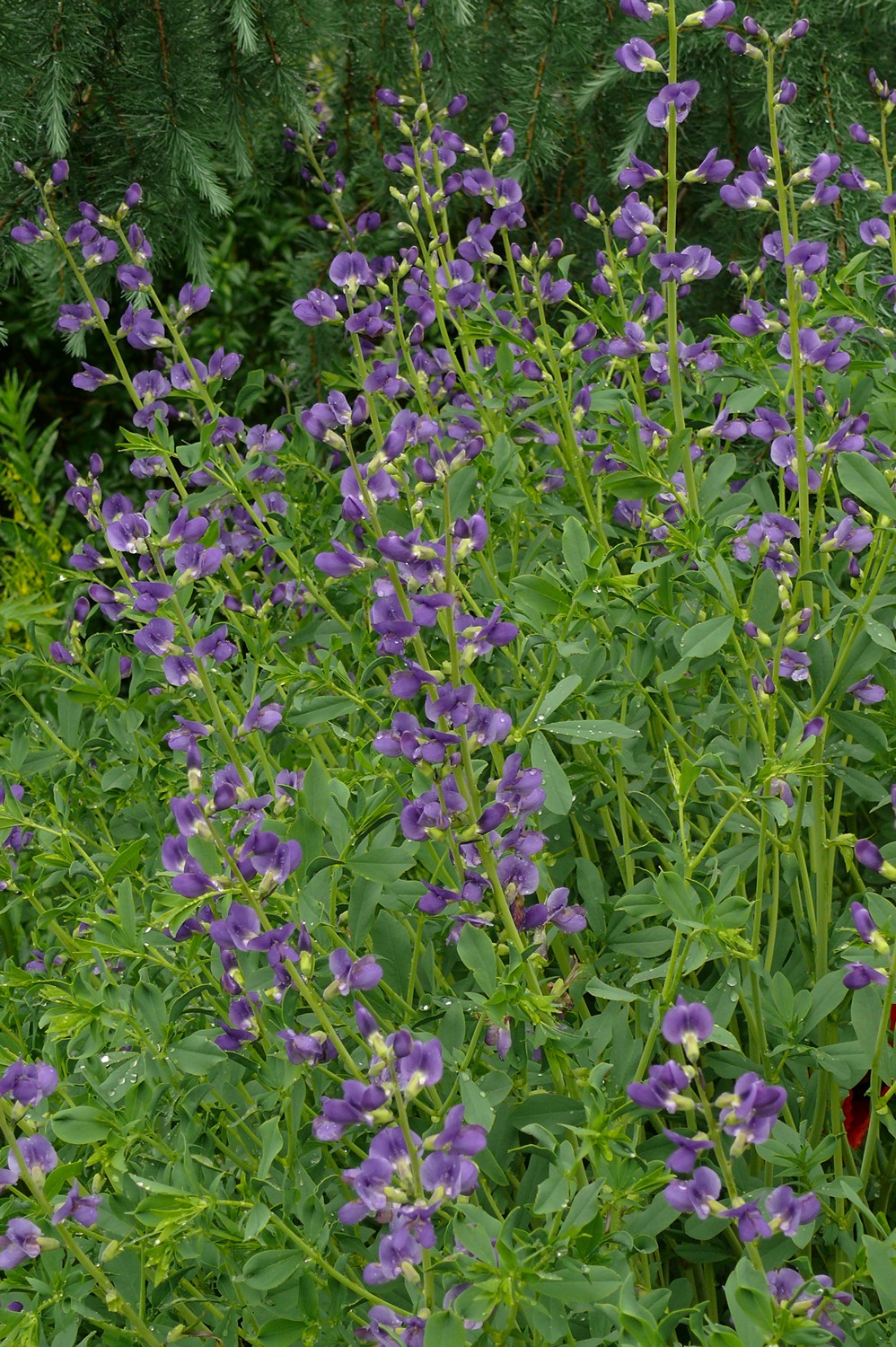
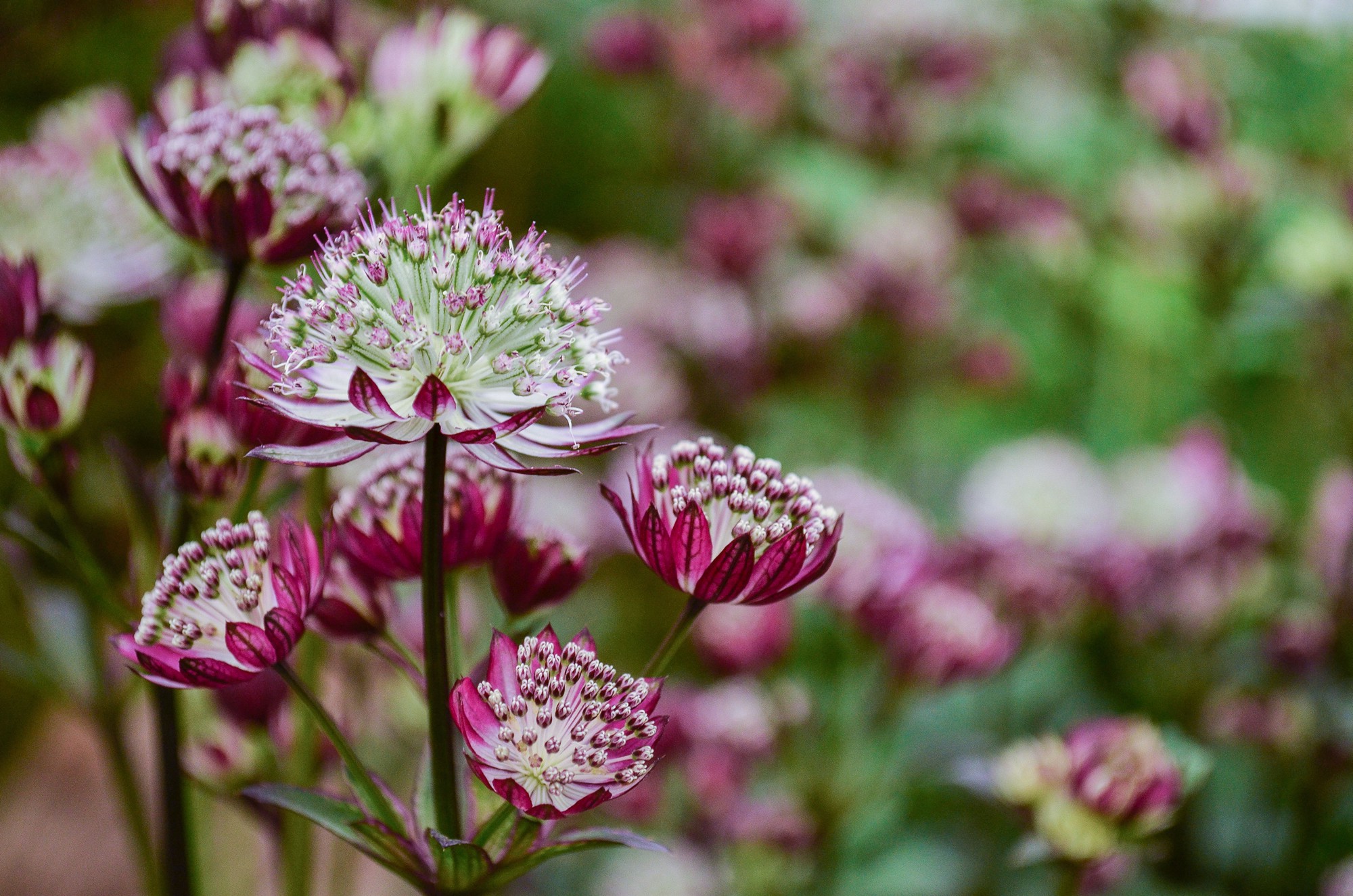




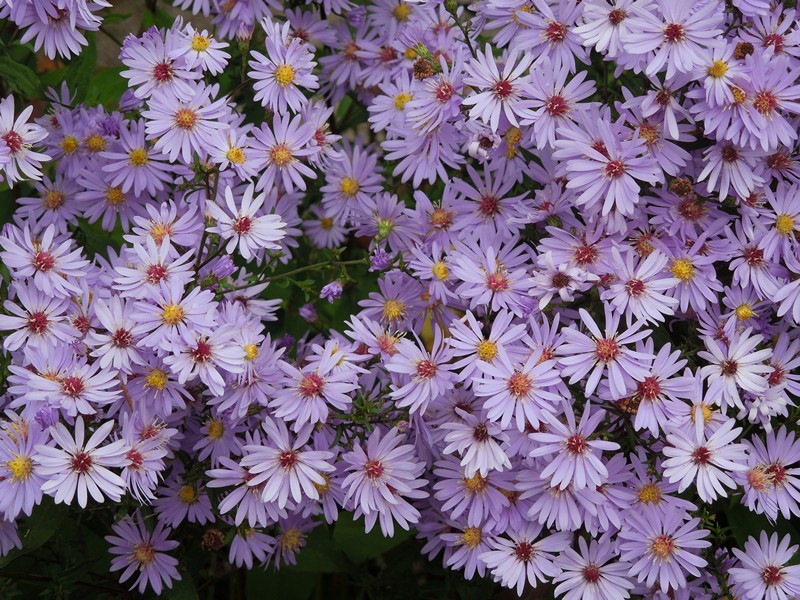
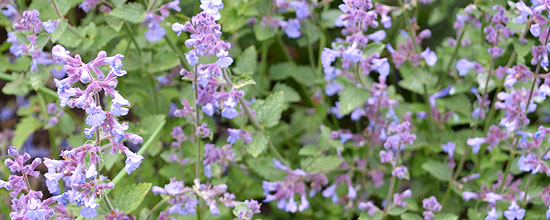
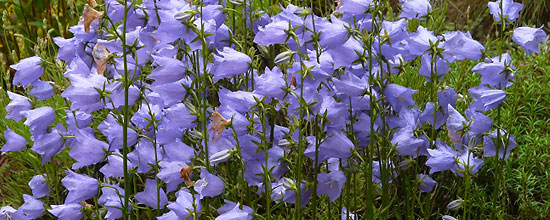


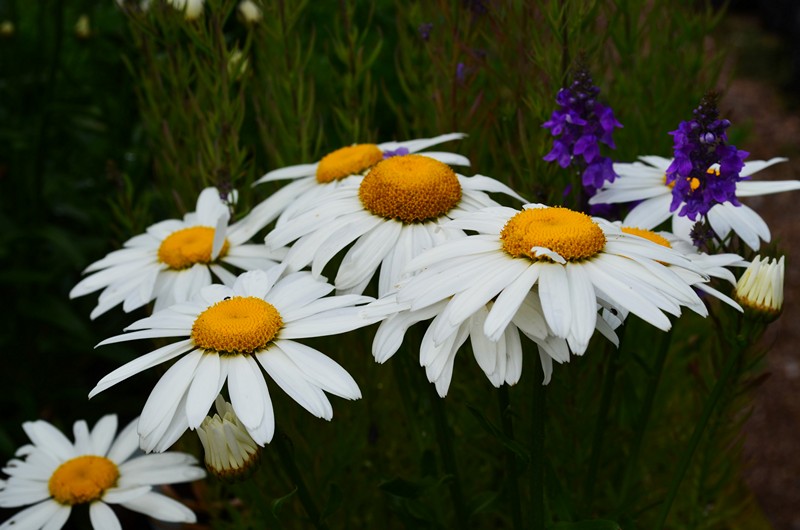
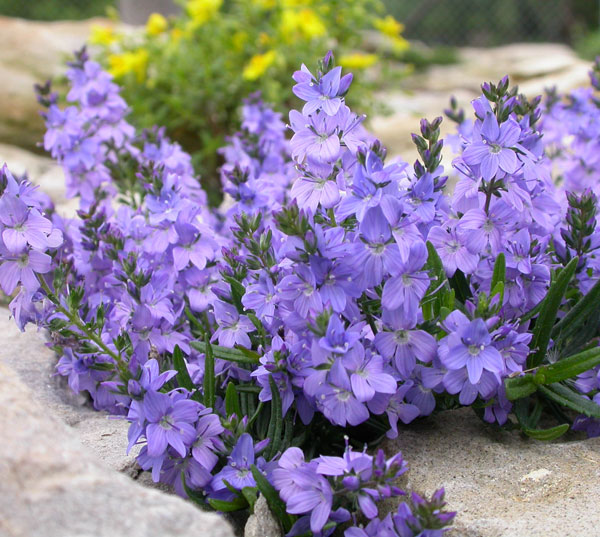

It blooms in November.